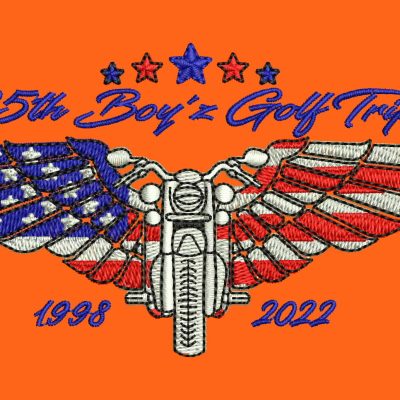Check Out Various Types of Needlework Digitizing Methods
Embroidery digitizing has advanced considerably over the years, providing a myriad of methods to bring layouts to life in the electronic world. The world expands to more advanced techniques like photorealistic embroidery digitizing and the fascinating realm of 3D embroidery digitizing.
Conventional Hand Embroidery Digitizing
Conventional hand embroidery digitizing includes the process of converting intricate hand-stitched designs into electronic layouts for equipment needlework. This method needs skilled craftsmens to diligently assess the handmade style and afterwards utilize specialized software to recreate it in a digital format. Each stitch, shade, and information needs to be very carefully equated to guarantee that the essence of the initial hand needlework is preserved in the digital variation.
Among the crucial challenges of traditional hand embroidery digitizing is recording the ins and outs and subtleties of the handmade design. Digitizing for Embroidery. Craftsmens have to have a deep understanding of different needlework strategies, such as satin stitch, chain stitch, and French knots, to precisely replicate these strategies in the digital realm. In addition, they require to have a keen eye for information to make sure that the digital design keeps the exact same degree of creativity and craftsmanship as the initial hand-stitched piece
Punching Technique
To effortlessly change from conventional hand embroidery digitizing to the boxing technique, craftsmens should currently focus on transforming the elaborate electronic designs right into instructions that needlework devices can analyze. The punching method involves utilizing specialized software to produce electronic data which contain commands for the embroidery equipment to follow. This process requires a deep understanding of not simply the design itself however additionally the capabilities and constraints of the needlework device.

Auto-Digitizing Software Application Programs
Needlework digitizing has actually been changed by the advent of auto-digitizing software application, supplying craftsmens with innovative devices to convert digital styles into needlework machine instructions efficiently. Auto-digitizing software programs use algorithms to analyze electronic photos or vector documents and create needlework layouts instantly. These programs permit for fast and precise conversion of complex styles into stitch patterns, saving time and initiative for embroiderers.
Among the vital benefits of auto-digitizing software application is its easy to use interface, making it available to both beginners and seasoned digitizers. These programs often consist of functions such as stitch modifying tools, string color matching, and the ability to preview the final stitched style. Additionally, auto-digitizing software can take care of intricate styles with multiple shades and complex details, browse around here generating top notch embroidery files ideal for different apparel and fabric jobs.
While auto-digitizing software uses comfort and efficiency, it is essential for customers to comprehend the limitations of automated digitizing. Fine-tuning and hands-on adjustments might still be needed to attain the preferred embroidery top quality, particularly when managing complex or distinct layouts. By leveraging the abilities of auto-digitizing software together with manual digitizing methods, artisans can improve their embroidery digitizing process and develop sensational embroidered items.
Photorealistic Needlework Digitizing
Utilizing sophisticated electronic imaging methods, attaining photorealistic cause embroidery digitizing has ended up being a popular ability amongst contemporary craftsmens. This method entails converting high-resolution pictures into elaborate stitch patterns that very closely imitate the initial design, leading to needlework items that show lifelike detail and deepness.
To attain photorealistic embroidery digitizing, artisans need to have a keen eye for detail and a thorough understanding of exactly how different stitch types and densities can influence the last end Our site result. By carefully mapping out each color and color in the picture, embroiderers can develop an electronic file that overviews the needlework machine to replicate the subtleties of the initial picture accurately.
Photorealistic embroidery digitizing is especially popular in creating customized designs for apparel, home design, and art items where capturing the essence of a photograph or artwork is essential. This technique allows artisans to change memories, landscapes, pictures, and detailed art work right into sensational stitched masterpieces that showcase a blend of traditional craftsmanship and cutting-edge technology.
3D Needlework Digitizing
With the advancement of digital imaging methods in achieving photorealistic outcomes read more in embroidery digitizing, the exploration of 'D Embroidery Digitizing' offers a brand-new measurement to the ins and outs of style replication. 'D Embroidery Digitizing' describes the three-dimensional digitizing method that adds deepness and structure to needlework layouts, producing a more realistic and aesthetically appealing last item. This technique makes use of software program that replicates the effect of light and darkness on the embroidery design, boosting its general aesthetic effect.
Among the essential advantages of 'D Needlework Digitizing' is its ability to make layouts look more natural and dynamic. By including depth to the needlework style, the final product appears extra sensible and fascinating (Digitizing for Embroidery). Additionally, this method allows for even more creative liberty in design implementation, allowing embroiderers to trying out different appearances and impacts that were formerly challenging to accomplish
Conclusion
